How do people who don’t know how to fight, fight? I was asked this question by a writer through a book review and am so thankful for it. I am so entrenched in training and helping writers with fight scenes that I forget MOST PEOPLE DON’T KNOW HOW TO FIGHT! It is completely realistic, if not more so, for your character to not know how to fight. That said, what will they do when forced to “throw hands!”
fight scenes that I forget MOST PEOPLE DON’T KNOW HOW TO FIGHT! It is completely realistic, if not more so, for your character to not know how to fight. That said, what will they do when forced to “throw hands!”
What a lot of people who don’t train don’t know about fight training is that it is not only about proper technique. People also much train in order to overcome certain factors that influence us as humans whether we are aware of it or not. People who are not trained fighters may respond to threats as they do because of sociological pressures, psychological wiring and biological construct.
Sociological Pressures
When it comes to trained fighting, men and women do not differ. I cannot stress this enough. Proper fight technique is based in physics and science isn’t sexist. However, when it comes to untrained fighting, men and women can differ in their fighting style as well as their willingness to fight. But this isn’t about gender as much as how the world around them defines their gender. Whether unspoken or stated outright, we learn what society expects of our gender and often conform to that.
In modern society and throughout history, men have been expected to know how to fight. It is considered inherent to their gender and a part of their masculinity. It is an unfair pressure but exists nonetheless.
The pressure on women is quite different and dependent upon their community. In advantaged communities, participating in a physical altercation can be viewed as unfeminine and divisive to the “tribe.” Rather than being physically aggressive, women from these communities may fight passively with verbal/social intimidation in order to assert dominance.
 However, in disorganized neighborhoods where residents are disadvantaged and lack resources, the view of women fighting is not the same. When woman from this construct gets into a fist fight, it is not contrary to the community’s concept of femininity.[1] In fact, weakness is seen as less attractive. That is not to say that violence is encouraged. It is only to say that it is not looked down upon.
However, in disorganized neighborhoods where residents are disadvantaged and lack resources, the view of women fighting is not the same. When woman from this construct gets into a fist fight, it is not contrary to the community’s concept of femininity.[1] In fact, weakness is seen as less attractive. That is not to say that violence is encouraged. It is only to say that it is not looked down upon.
So, before asking how an untrained character would fight, ask if their community would even allow it. That is not to say that a character will not defy their community or “tribal customs.” But, to do so is defiant and you have to consider how their community will respond to that behavior.
Psychological Wiring
How people fight is heavily influenced by how their brains are hard-wired to respond to threat. Bear in mind that your character may behave contrary to what comes naturally to them depending upon the stakes of the fight. I teach a whole class on this with Writer’s Digest University.
Threat Responses
There are five automatic responses to threat.
Fight– I call these characters the “push backs,” because if you push them, they will push back. When a “push back” is startled, they may lunge in the direction of the threat or ball up their fists in defense even if they don’t know what to do with them. That boldness can get them into trouble.
Flight – A “flight” character will run from the threat. These characters are “messengers.” They run to tell others of the threat. But they may also run and leave others to fend for themselves.
Freeze – A “freeze” character will go completely immobile. They are the “snipers.” Even though terrified, these characters will not move which can help them to remain unseen by the threat. It can also make them easy pickings.
Front – “Front” characters put on a good front. These characters seem like “push back” characters but are actually “chest bumpers.” They will hold up their fists and bump chests with an opponent, but they do so to avoid confrontation rather than participate in it. Sometimes the gamble pays off and the fight is avoided. But, sometimes, when someone calls their bluff, the “chest bumper” doesn’t fight back and suffers.
Follow/Fawn – In order to survive, these characters follow along, fawn or submit to their aggressor. Here we have our “masters of subterfuge.” A character who submits to the threat will go along with whatever is demanded of them in order to remain safe. Their submissive attitude can allow them to wait for an opportunity to escape or better moment to attack. Characters with a follow/fawn response can be great spies. They can also be considered cowardly or treasonous.
Biological Construct
How a character is built can impact how they respond to a physical threat. Characters who are large, either in height, weight or both may grab their smaller aggressor to cause pain, push, throw or pin their combatant. If they choose to hit their assailant, their larger size can work to their advantage by providing a greater potential for more force. It can be a disadvantage as physics works against their speed.
Smaller characters, even those whose natural response to threat is fighting, may avoid confrontation for the simple fact they are smaller. If they do choose to engage, they may use their speed to maneuver around their opponent. They may also be more likely to use weaponry. This is especially true of women. I wrote a whole post on that. Smaller characters are far more susceptible to injury and have less potential for creating force.
When a fight takes place
So, what about when a fight does take place? How do people who don’t know how to fight, fight? I was a high school teacher for about a decade and saw my share of fights between untrained combatants. Here is what I noticed.
The males generally tried to look like they knew what they were doing. They clenched their hands into fists and hit each other from every angle. It was not unusual to see “haymaker” punches. These are the wide punches you often see in movies. The fighters also grabbed each other by the shirt to sling each other down, tackled one another at the waist and rammed their opponent’s head into lockers or the ground.
What I never saw among the males were groin punches or hair pulling. However, they had a crowd around them and may have felt pressured to fight in a certain way. I have been told that on the street, without the pressure of onlookers, that is not the case. I broke up many male fights simply by yelling.
Female fights were far more brutal. They grabbed hair, earrings, nose rings, clothing, you name it. I’ve seen shirts ripped and females just toss them aside and keep going. They punched, slapped and scratched one another as well. I recall seeing a lot of “hammer fists.” That is a strike where the fist is clenched and brought down like a hammer. I also saw the females use weaponry more than the males.
Yelling seldom stopped the female fights and I never stepped in to stop the action. Even large male students were hesitant to break up the female fights. Once the females engaged, they seemed blind to everything around them except their target.
I only witnessed one fight between a male and female. The female slapped the male and the male stood his ground without striking back. Had there not been a crowd, that may not have been the case. When the female was moved away, the male immediately turned around and punched the wall several times.
This was a great question and I hope this post helped you out. It certainly was beneficial to me because I had never considered it. So, thank you for sending this in. In the words of Michelangelo, ancora imparo. I am still learning.
Until the next round with FightWrite™, get blood on your pages.
[1] www.ncbi.nlm.nih.gov/pmc/articles/PMC3826207




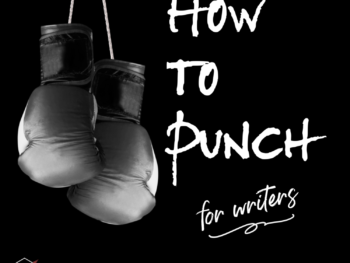
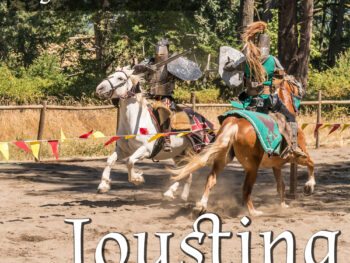

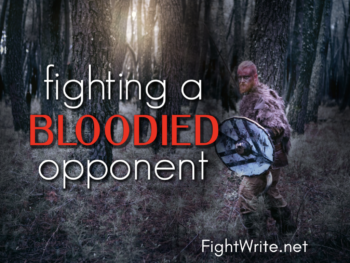
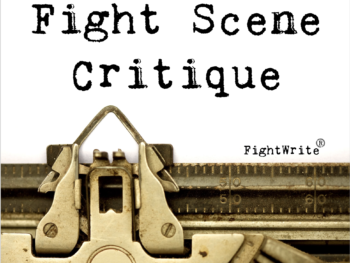
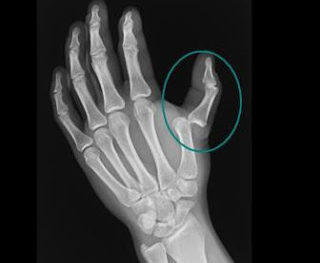
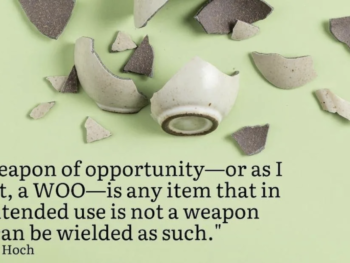
As a Newbie, I am continuously searching online for articles that can be of assistance to me. Thank you
I conceive you have remarked some very interesting details , regards for the post.
I found your weblog site on google and examine a few of your early posts. Proceed to maintain up the very good operate. I just extra up your RSS feed to my MSN News Reader. Searching for forward to studying more from you afterward!…
You are my intake, I have few blogs and very sporadically run out from to brand.
What’s Happening i’m new to this, I stumbled upon this I have found It absolutely helpful and it has aided me out loads. I hope to contribute & assist other users like its aided me. Great job.
I have been browsing online more than three hours today, yet I never found any interesting article like yours. It’s pretty worth enough for me. In my view, if all web owners and bloggers made good content as you did, the web will be much more useful than ever before.
Thanks, I have just been searching for info approximately this topic for a long time and yours is the best I have discovered so far. But, what concerning the bottom line? Are you sure about the source?